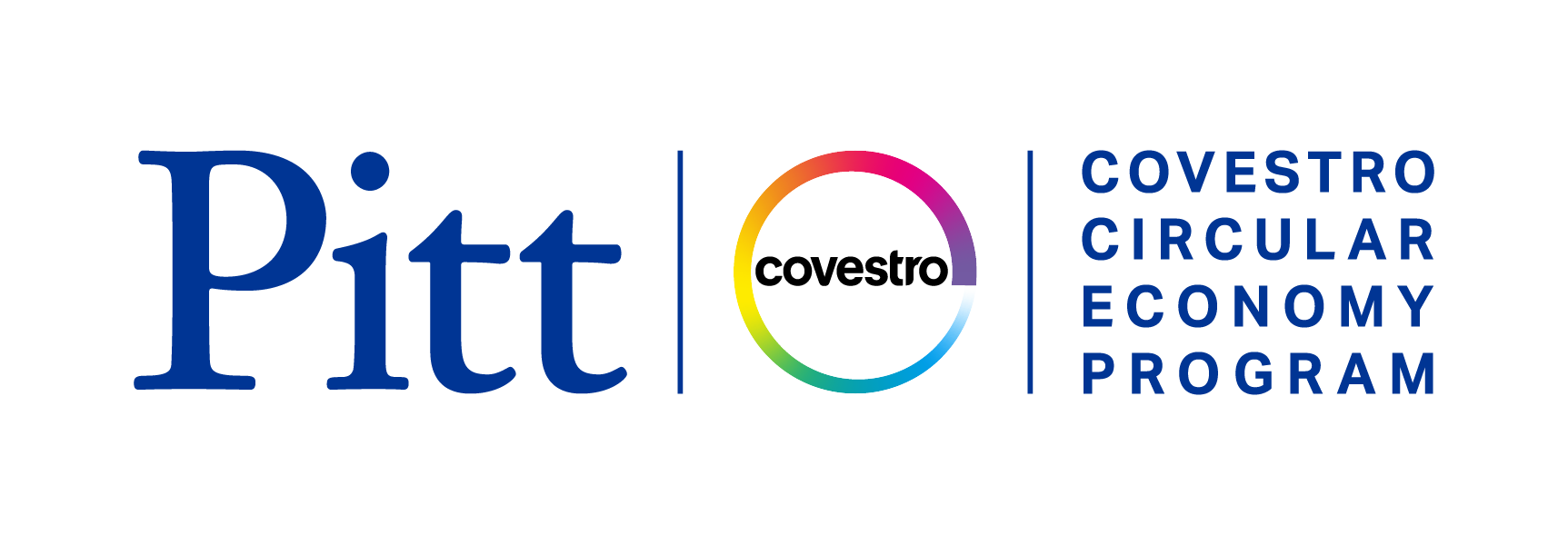What is the Circular Economy

The circular economy (CE) is based on the efficient use of resources and eliminating waste from product life cycles. Valuable material either moves in loops through the economy, or, if biologically derived, returns to the ecosystem to serve as nutrients.
A truly circular economy keeps material in continuous use by design.
In contrast to a linear economy, circular design should reduce waste and help mitigate the effects of climate change.
The uptake of circular economy principles has been incremental at best, primarily because of a lack of truly circular designs to replace conventional linear models. A key reason for the incremental uptake is a lack of holistic training of PhD students in circular economy design principles. Global companies, such as Covestro LLC, across multiple industry sectors are pursuing circular economy solutions to their customers’ needs and the US Chamber of Commerce supports yearly workshops on circular business principles - yet academia has not incorporated the foundations of this design paradigm into educational programs. A proactive public-private partnership of academia and industry can finally catapult CE into the global mainstream.
